I learned that one of the wires is connected to the ground or a body of water so that it can get back to the power station. The concept baffles me. Every source of information I've come across fails to explain how it works or quickly glosses over it as if it is self explanatory.
There are power systems that use earth return, but it is very uncommon in developed regions. Such systems work because while the earth is not a very good conductor, its cross-section area is very large, so it can conduct substantial currents.
If power can travel through the water or the earth back to the power station, then why aren't we getting vaporized when we walk on the ground near power lines?
For the same reason birds can stand on a power line -- because the voltage drop across the small distance between your feet is not very large.
Also, how does an isolation transformer prevent you or your equipment from getting fried?
An isolation transformer prevents any circuit being formed from the power source, the earth ground, and your equipment. For example if a person were to touch the chassis of the equipment and the floor at the same time.
It doesn't so much protect the equipment from being damaged as the person who might unwittingly use their body to complete the circuit through ground. I've never used one, but I'd guess you use it in cases where the chassis of the equipment must be energized due to the nature of the equipment. The Wikipedia article gives a couple other examples of use cases for isolation transformers.
If I touch both terminals of the secondary, am I going to get fried?
Yes. If you put one hand on each terminal of the secondary, you are going to be in trouble. Because there's a circuit created between your body and the secondary coil.
Edit
Should the ground get hot if current is flowing through it? Is the resistance too high for it to travel?
Yes, if you forced current through a narrow region of earth, it would heat up. But normally the earth is very large, which reduces its electrical resistance and also spreads the generated heat out so that it doesn't produce a noticeable temperature rise.
If I am on the third floor of a house, how do I get shocked if I am a considerable height above the ground?
Generally there are water pipes and electrical wiring in your house that will electrically connect the structure to the earth.
the wood or concrete frame of the house should provide enough resistance? What if the house is made of thick rubber?
If your house were made out of rubber, you would not likely be shocked, even if you touched the hot wire of an electric outlet.



